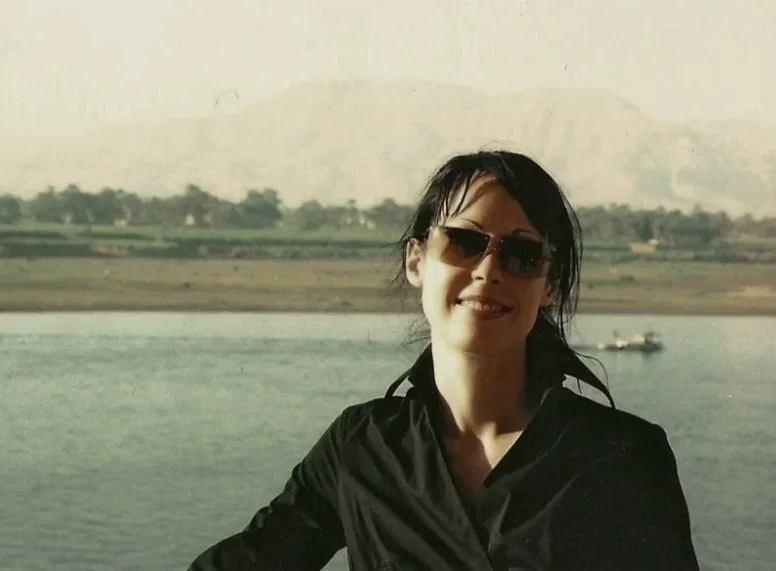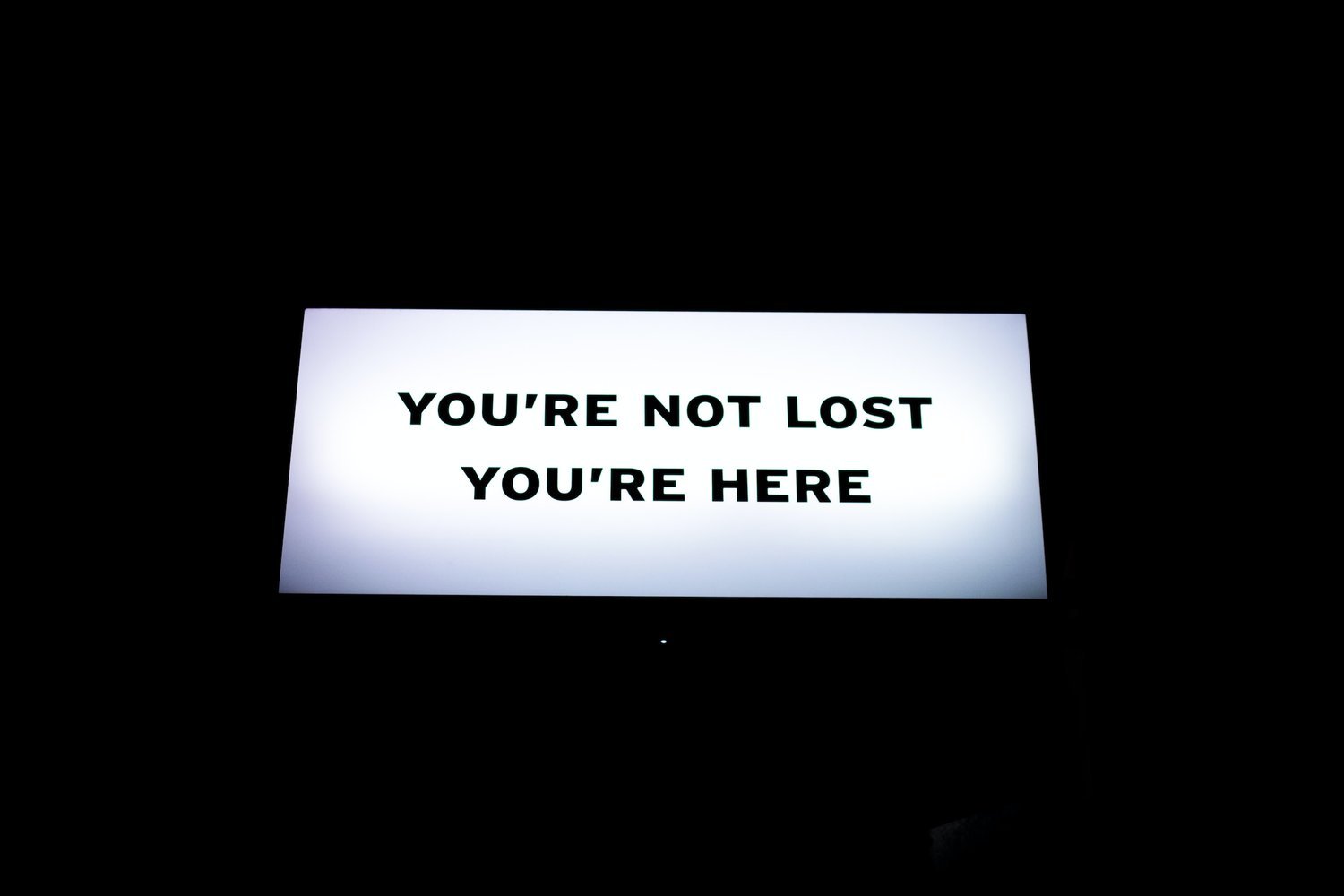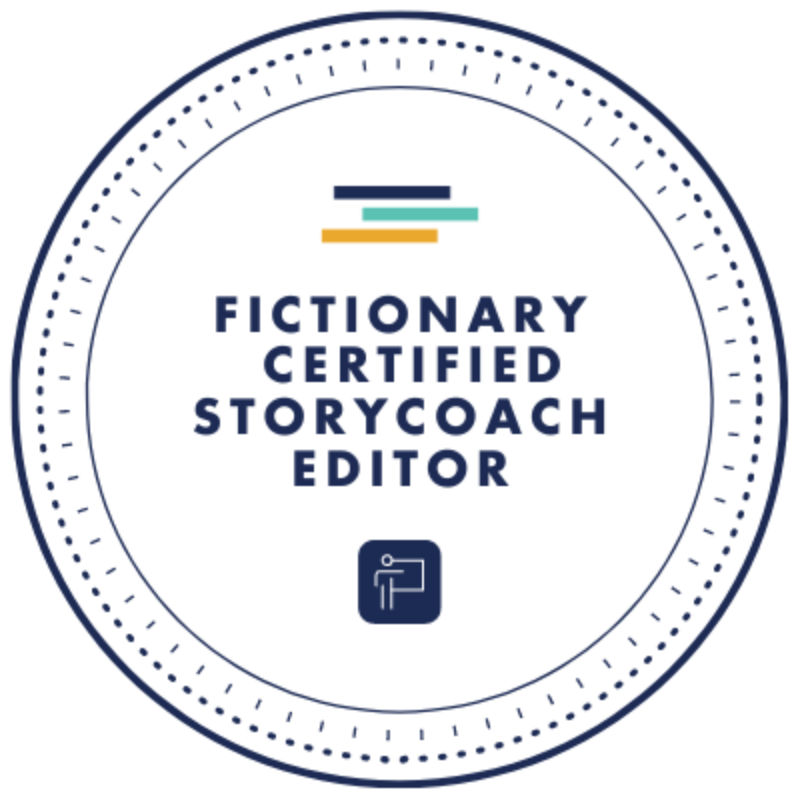
The writing life
The Art of Writing Suspense Scenes (and What You Can Learn from Poker Icons)
Suspense keeps readers glued to the page. It's the heartbeat of thrillers, dramas, and even romantic comedies; suspense is responsible for driving curiosity, deepening emotion, and making every word feel like a loaded moment. But mastering it? That’s another story.
Here's The Secret To A Cover That Sells
Today I’d like to share ways you can make your book irresistible - inside and out!
Why Even Experienced Writers “Tell” & How To Make. It. Stop.
While Anton Chekhov makes it sound easy with his moonlight and all, the truth is “showing” is not easy.
Who is Lex Fridman, Really?
There’s a podcaster I listen to called Lex Fridman who intrigues me to a level I have not experienced since I pondered the mysteries of Zecharia Sitchin’s research and evidence-based theory that the human race was genetically engineered by “those who come from heaven above”.
Do You Want To Write Netflix-Worthy Books? Try Doing This.
Have you ever read a book and thought, “It’s like the author didn’t just write this - it’s as if they were there.”
Where a 3,200 Year Old Love Affair Began
This is where it started. It was during my second trip to Egypt in 2003, I dreamed of an empire-crossing, forbidden love affair which transpired during Egypt’s glittering New Kingdom period. As I woke to the sun rising over the Nile and three thousand years slammed back into my senses, I heard these words: Tell the story. Do not let it die.
The Little One Who Followed Me Into The Skies
The day I brought Nova home - so tiny in her carrier - I was smitten. When we met at the shelter she came straight to me and settled herself against my chest and didn’t want to let go. I knew I had been chosen and something special had happened - that we had a rare connection that had the power to brighten one’s world, even in the darkest of times. Sadly, for both of us, there were dark times ahead. Very dark times.
The Bed That's Crossed The Sea (Twice) To Live In Four Countries
Over the course of 17 years, two relationships, marriage, divorce, and moves to four countries this bed has become the sanctuary where I read, dream, fall in love, fall back out of love, argue, cry, heal from trauma, and conceive ideas for my books. This bed is, in short, an extension of my existence. If I were to have to give it up, I would lose a tangible piece of my history.
How A Writer's Winter Retreat Lifted The Lid On An Eight-Decade Old Family Secret
It started innocently enough with a 450km trip south of Warsaw to spend a month in Poland’s beautiful snowy mountains to work on two books, read, and enjoy creative rest - but through a bizarre chain of connections, I happened on an incredible discovery that could unravel an eight decade old WWII family mystery that went to the graves with my grandparents.
No Cat Left Behind
Last year was a pivotal year for me. I made some very big, very scary choices. One of them was to permanently move from my temporary home in the UK back to the EU, to the country I fell in love with, and to the man who loved me, just outside of Warsaw in the beautiful countryside of Masovia.
Words Are All I Have
Ever since I could hold a crayon, I have had the experience of words surrounding me, fluttering to and fro, caged within a place I cannot comprehend, living things, like birds. Lost, lonely, unheard words that can only come to life through the attention, time, and effort of a writer who listens.
Every story has a heartbeat. Let’s find yours.
About Elizabeth Pettersson
I’m a Fictionary Certified StoryCoach Editor and Writer’s Digest award-winning author, publishing fiction under the pen name E.A. Carter. I specialize in speculative, science fiction, fantasy, dystopian, historical, literary, and YA fiction. My approach blends kindness, clarity, and actionable feedback to help writers uncover both the structure and the heartbeat of their stories.
Note: Billing is issued under my legal name, Jeannine Elizabeth Pettersson. All editorial services are provided as Elizabeth Pettersson.












